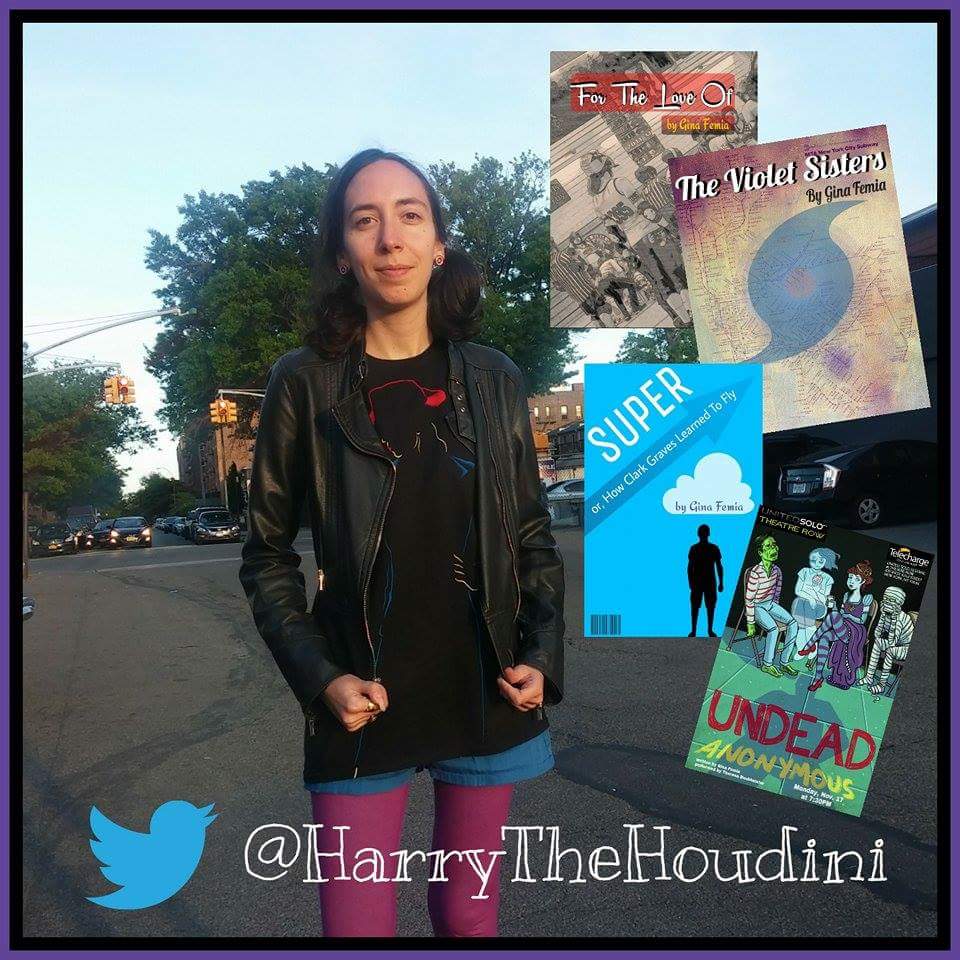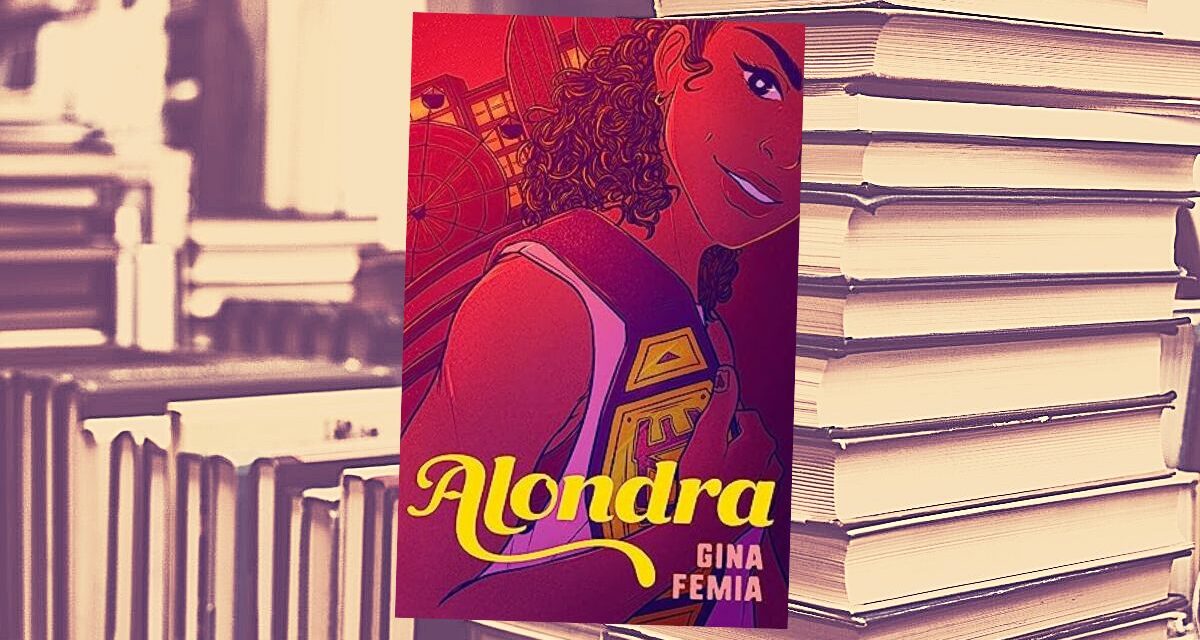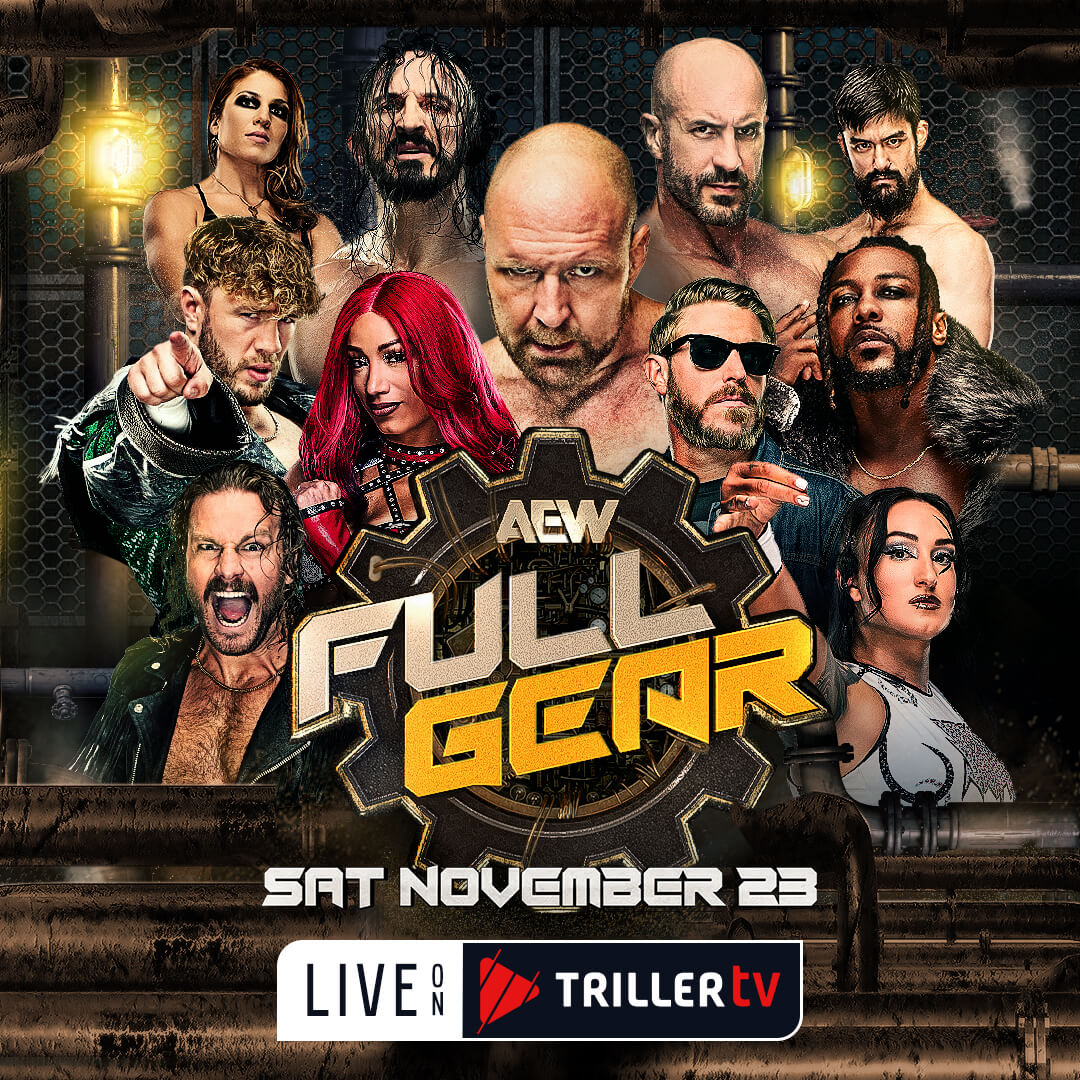At first glance, you might not think that Gina Femia would be a wrestling fan. Femia is a playwright, working in New York City, with a ton of credits to their name.
But Femia sure is, big time, and it shows big time as well in their first novel, Alondra, which came out earlier this year.
And, in conversation with SlamWrestling.net, they drew an unexpected parallel between some of the plays they’ve worked on and seen, and the indy wrestling scene.
“What we generally call Off-Off-Broadway essentially is what we call indie theater too. And that’s just making theater happen, no matter what,” Femia said. “That’s where a lot of my best theater experiences have happened is in that realm of being able to control everything, and knowing that the people are there because they want to be there.”
Does that not sound like indy wrestling? The genesis of Alondra, which began as a play, are the small-time shows.
“We went to a bunch of live shows from WWE to indy, which I prefer the indy shows, I just love them,” Femia explained. “But I was like, I want to put this in play form. And so I created Alondra.”
It’s basically the same premise, public housing teens who live near Brooklyn’s Coney Island — Femia’s hometown, and it shows — come together to create an amateur wrestling troupe one summer, balancing love, life, work, family. But a book is a totally different animal than a play.
“It’s very hard to produce the play because wrestling falls in this in between, it’s not stage combat… it is acrobatic. So it’s really hard to actually stage,” said Femia.
Timing was bad on the stage version, though. “It was gaining momentum around the time of the beginning of the pandemic, so it kind of really [got] shoved it to the back.”
Instead, the pandemic gave Femia a chance to think differently. “I love writing, I love writing teen characters. And so I just said, You know, I’m gonna take a stab at making this YA novel. And that’s really how it how it came about,” Femia said.
The publisher is Farrar Straus Giroux, and the company believed in them early on. Every 10 pages or so, Femia would submit to the editor, Trisha de Guzman. “She was giving me notes going back and forth for about two years,” said Femia, who began writing just as the pandemic closed things down in February 2020.
Working with an editor was far different than working on a play.
“With plays, there’s a lot of development. I’m often in workshops and readings more than I am in production, which is a really interesting thing. But there’s more of a community aspect of every length, during a play; when I finish a draft, I can immediately get friends together and read it out loud,” Femia said. “With writing the book, it was a little bit more isolating … it was just a really interesting experience.”
There was an obvious attempt by Femia to strike a careful balance between the description of the wrestling action with character development; it was also evident they could have kept writing the action.
“I’m not used to description, right? I’m usually writing dialogue,” the playwright said. “In my stage directions, it’s like, ‘And then a wrestling scene.’ I actually have in that play, ‘A dream ballet sequence happens like a wrestling dream ballet sequence.’ I didn’t describe it at all.”
The challenge was not just describing the fight scenes, but also making sure that the moves were possible for the age group — as Femia put it, “just finding the balance of like moves that teenagers could do, maybe do. It was just really hard.”
(For the record, though, Femia, who was a big fan of Total Divas, has never applied to WWE as a scriptwriter; maybe WWE will be reaching out soon!)
Femia is able to inhabit the teen characters, the slang, the swearing, the coming of age and trying to figure out who one is to become. Even the sex is appropriately messy and complicated.
As a playwright, “I’m just very gifted at listening and mimicking the way people talk,” said Femia. “I’m a quiet person, I’m an observer. And I’m very able to just take in the way people talk. … I’ll be on the subway and just listening. I have nieces, so listening to them. It’s something that comes naturally to me.”
There is depth to the character, especially the protagonist Alonda … who, spoiler alert, is also the title character, even if it is spelled differently. There’s a lot of Femia in Alonda.

Gina Femia
Femia came of age in the early 2000s. “I wasn’t really able to be a queer teenager. Not really. I didn’t have the language. I didn’t have the resources or anything,” Femia said. A few years ago, a journal turned up. “I had written something along the lines of like, ‘I like boys and I like girls, I wish there was a word for that,’ because I just didn’t know that bisexuality or queerness at all existed, let alone gender identity and anything.”
So there is a challenge to the young adult aspect of Alondra beyond the bumps in the ring. It’s not all fun and games — but there are some great bits.
This writer had to laugh at a few of the lines, though, in an “Old Man Yelling at a Cloud” kind of way. There was this line: “Even though they were texting, Alonda felt like they were talking for real. Which, just because it’s text on a screen doesn’t make communication any less real.” And this one: “She never used her phone to talk. It felt weird.”
A few real wrestling personalities are referenced, like John Cena and especially the hero-worship for AJ Lee (AJ, reach out to Femia already, will ya?), but two made-up gimmick characters are key to the storyline.
Lovely Loveless resonates with the lead. “I wanted Alonda, when she was searching for answers, to find somebody that more reflected her own identity in order to, like, let her in because I find that that is something that, when you’re looking for answers, you might be given the name of the popular person, but they might not actually be the one that will speak to your soul,” said Femia.
The Donnie Drago character, however, ends up being a let-down. “I wanted to try to create that like stereotypical wrestler there … I didn’t want to like drag any wrestlers and he did have to kind of be like, not the nicest guy … He had to crush a dream. I didn’t want to put that on any real wrestler.”
Getting a book into print has been a dream of Femia’s, and it came true.
“Actually seeing it come out, it just felt amazing. It was just really exciting to have been in book form and to know that it’s living on in a really specific way, in a way that plays just don’t because of the nature of the art of a play,” Femia said.
Alondra, released in April 2023, is finding its audience, and it’s not based solely on ticket sales during the run of the play.
“It’s in libraries, which is amazing,” Femia added.
Some of that audience is beyond the targeted young adult demographic, for which Femia is grateful.
“Something that I didn’t anticipate was a bunch of wrestling folks reaching out to me so that we can all geek out over wrestling. That doesn’t actually happen in plays so much,” laughed Femia. “I have a play I wrote about roller derby because I’m really a huge fan of that too. And well, whenever that play gets produced, a bunch of teams do come out to see it. I don’t actually have one on one conversations like I’ve been having with this, which is really, really cool. Because I love talking about wrestling so much. What a benefit.”
RELATED LINKS
- Buy Alondra at Amazon.com or Amazon.ca
- Gina Femia’s website
- SlamWrestling Master Book List


